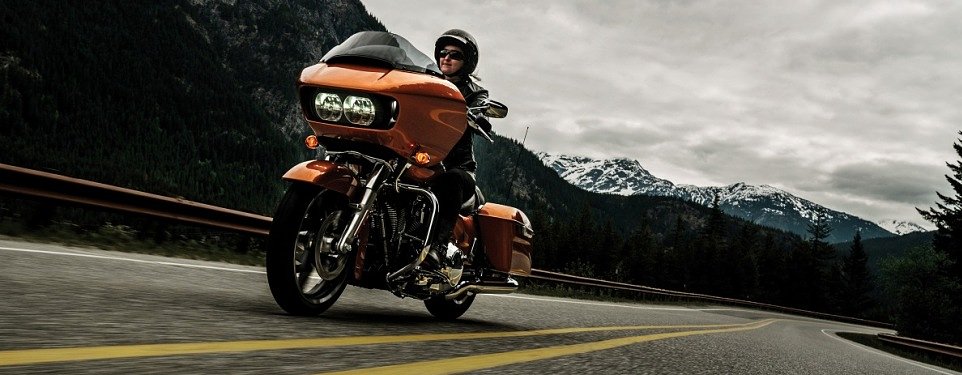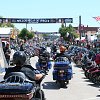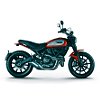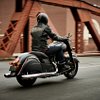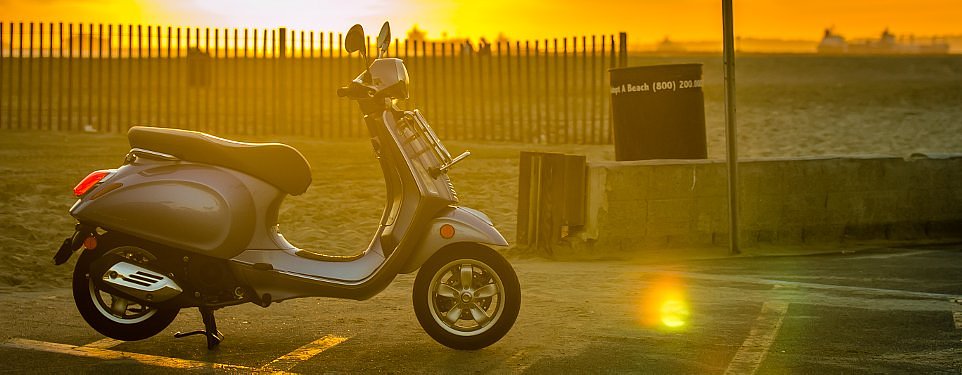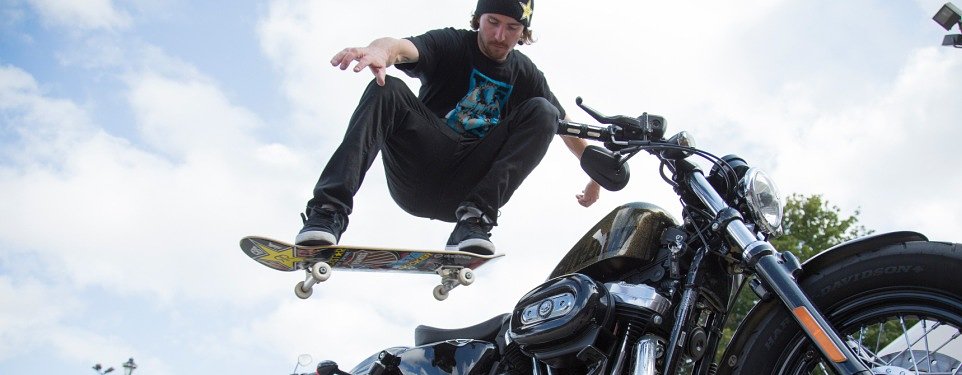It’s fun to look at the beautiful studio photos and the slick videos on the motorcycle manufacturers’ websites, but I admit to geeking out over the far drier annual financial statements. Why? Sometimes I learn something that surprises me.
Here are four fairly random nuggets I pulled from the manufacturers’ reports on 2015 motorcycle sales.

Ducati poised to overtake Harley-Davidson
You’ve probably seen the headlines: Harley-Davidson sales decline. Ducati sets U.S. sales record. Both are true. But the headlines benefit from some perspective.

Disregarding the impossibility of a vehicle manufacturing company maintaining 10 percent annual growth for 27 consecutive years, the timeline adds some perspective to Ducati’s celebrations and the gloom hanging over Milwaukee. There’s still a massive gulf between the two companies known for very different V-twins. In the United States, Harley sells as many motorcycles in two and a half weeks as Ducati sells all year. In the comments section on one of our previous stories, a reader commented that “nobody wants” a Harley, but in 2015, there were still well more than a quarter of a million “nobodies” around the world who not only wanted one, but were willing and able to buy one. As successful as Ducati was last year, it would love to have that many nobodies as customers.
Honda sells motorcycles?
It’s been a long time since anyone thought that Honda was a motorcycle company. It’s obvious that cars are the biggest part of the company’s business. But something else happened in 2015: Motorcycles are now Honda’s third-largest business segment, both in revenue and profits.
Wait, third? So there’s cars, then… um… generators and lawn mowers?
No. Financial services. Revenues from motorcycles declined 6.5 percent in 2015 while revenues from financial services (people need to borrow money to buy those Accords and Acuras) rose 16.7 percent. That pushed the financial services segment ahead of motorcycles at the company that began with a little engine attached to a bicycle. Honda made a profit of $410 million selling motorcycles and a profit of $427 million selling loans.

Motorcycles gaining on snowmobiles
While Honda becomes less of a motorcycle company, Polaris is becoming more of a motorcycle company. Motorcycles (including that three-wheeled car thing) were the bright spot in 2015 for Polaris. Sales of off-road vehicles declined 20 percent, pressured in part by a collapse in sales to the oil and gas industry. Snowmobile sales dropped 25 percent. But sales of Victory and Indian motorcycles and Slingshot “motorcycles” rose 67 percent over 2014.
The motorcycle segment still only accounts for about 15 percent of revenues at Polaris, but as the Indian and Victory lines keep expanding, that number should only grow.

BMW sells adventure
How important is the ADV market to BMW? The company that practically invented the class with its R 80 G/S way back in 1980 is still riding the wave. Combined sales of the R 1200 GS and R 1200 GS Adventure in 2015 totaled 41,692. That accounts for more than 30 percent of the record-setting 136,963 motorcycles BMW sold last year (up 10.9 percent year over year). Considering that BMW sells more than two dozen models, the fact that the GS accounts for almost a third of sales shows that although BMW has come a long way in reviving a reputation for performance with its sport bikes, the ADV flagship still pays the bills.




